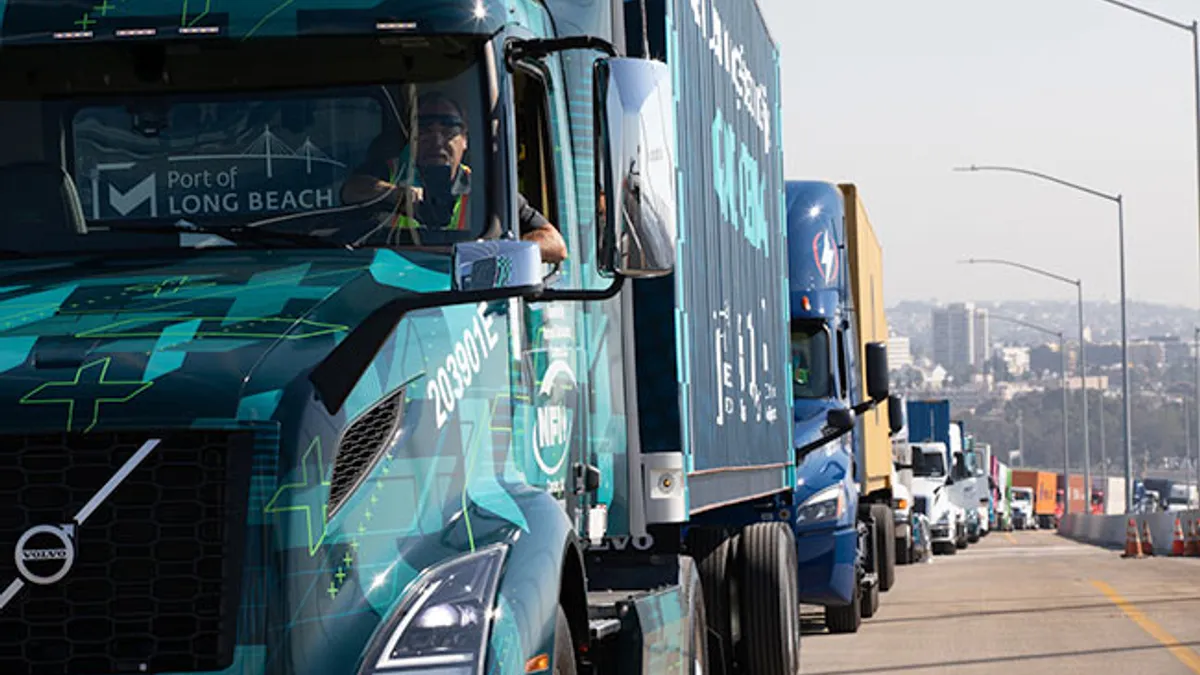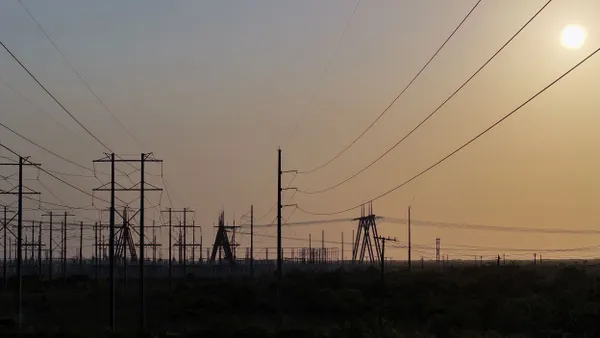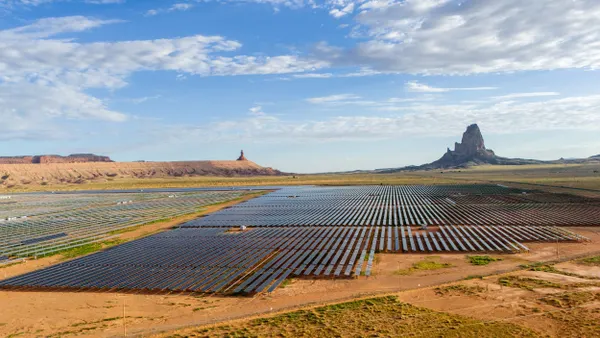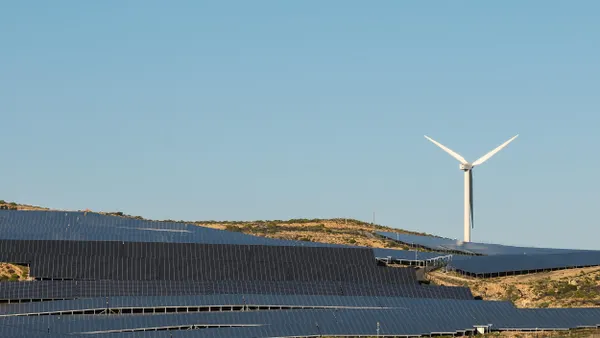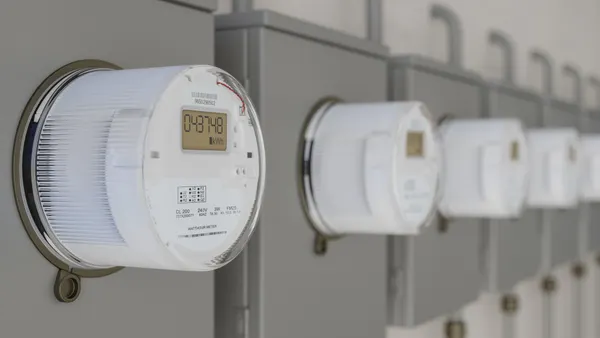Dive Brief:
- Southern California Edison (SCE) on Monday kicked off plans to install 38,000 new electric car chargers throughout its service area over the next five years, the largest initiative of its kind by any investor-owned utility, according to a company spokesperson.
- The utility said the $436 million program, financed by ratepayers, will include an "added emphasis" on installing EV chargers in multifamily apartment and condo buildings. This focus is needed given half of the population of Los Angeles lives in multifamily housing, according to Darrell Clarke, the Sierra Club Angeles Chapter's conservation chair.
- SCE's plans to ramp up the rollout of EV car chargers comes on the heels of a report that California will need 1.2 million EV chargers by 2030.
Dive Insight:
Businesses, apartment building owners, government agencies and other organizations will now be able to register to take part in SCE's new Charge Ready program, the utility said Monday during the initiative's official rollout.
The EV infrastructure program has a particular focus on getting charging stations installed in multifamily residential buildings, according to Paul Griffo, a company spokesperson.
The utility hopes that at least just under half of the new EV charging stations – or roughly 18,000 – will be installed in apartment or condo buildings, said Chanel Parson, principal manager for eMobility operations at SCE.
The level of financial support that SCE provides varies depending upon the business or residential building and where it is located, among other factors, according to a company fact sheet.
As part of this overall goal, SCE is also looking to install as many as 2,500 EV charging stations in residential buildings in underprivileged neighborhoods as well, with a "turn-key" program that picks up most, if not all, of the costs, from installation to maintenance, Parson said.
"The transportation sector is producing half of California's greenhouse gas emissions," said Pedro Pizarro, president and chief executive officer of Edison International, parent company of Southern California Edison, at Monday's rollout. "We need to increase the pace of EV adoption and infrastructure where it is easily accessible for all of us, especially in environmental justice communities long burdened by access."
SCE's initiative was welcomed by environmental advocates.
"They are serious," said the Sierra Club's Clarke. "They see vehicle electrification as an important part of their future and they are stepping up to help it happen. That is the kind of thing as an EV advocate that you would like to see."
Still, SCE's goals, while big, come against the backdrop of soaring demand and need for EV chargers in the Golden State.
The California Energy Commission (CEC) released an analysis last month that called for the installation of 1.2 million "public and shared" EV chargers across the state over the next nine years.
The chargers will be needed, in turn, to provide power for the estimated 7.5 million electric vehicles projected to hit highways and byways across California by the end of the decade, according to the agency.
And that is just for passenger vehicles. Another 157,000 chargers are needed by 2030 "to support 180,000 medium- and heavy-duty electric trucks and buses," according to CEC.
However, to date, only 73,000 public and shared chargers have been installed in California, with another 123,000 in the works between now and 2025.
That totals out to 196,000 EV chargers, falling below the state's goal of 250,000 by mid-decade, according to the CEC.
While Southern California Edison's goal of 38,000 new EV charging stations is a big step in the right direction, much more needs to be done, said Michael Colvin, director of regulatory and legislative affairs for the Environmental Defense Fund's California Energy Program.
"What they are doing now is really exciting and it's definitely needed," Colvin said. "It is just not going to the end of the solution – the problem will not be solved with this program."


